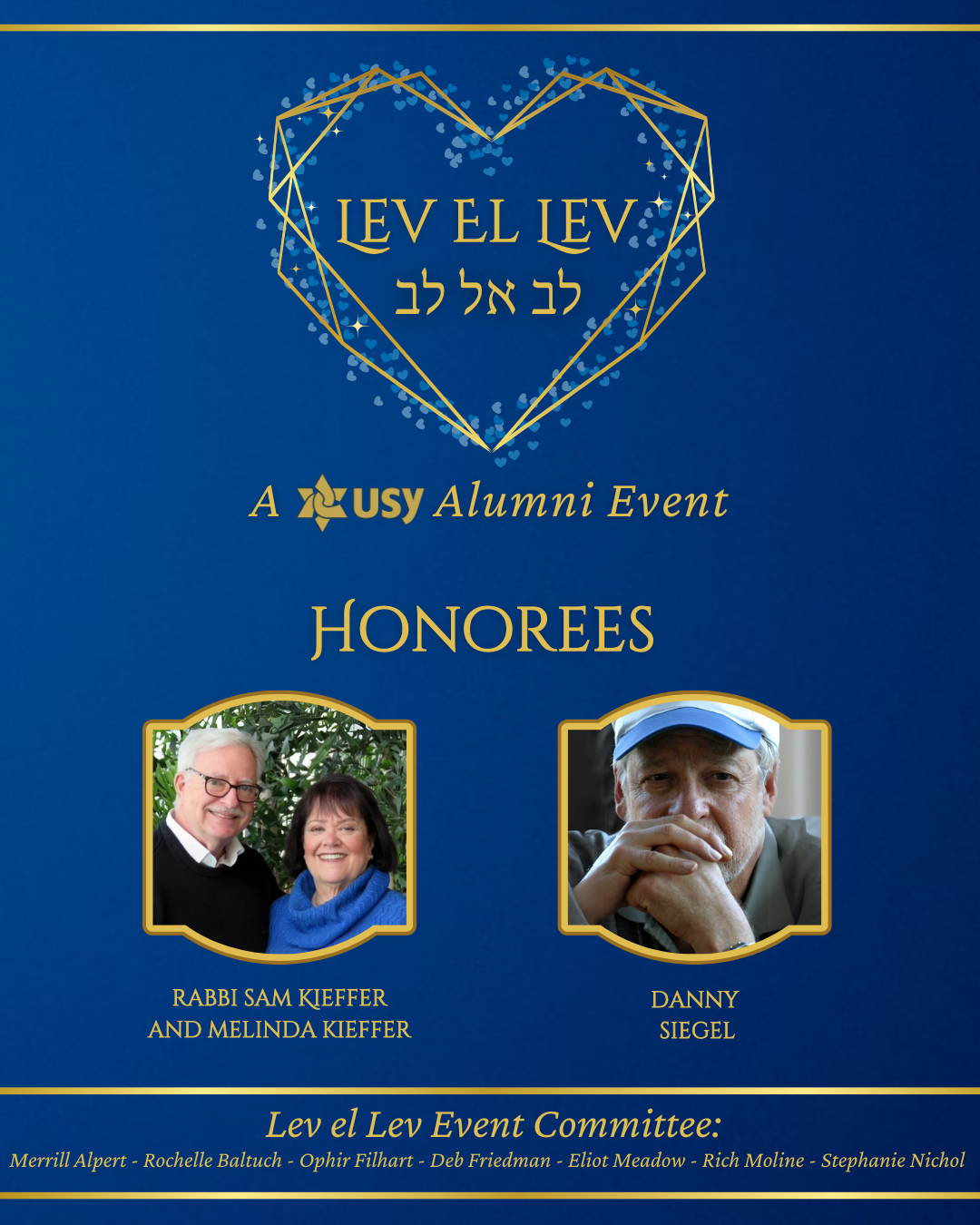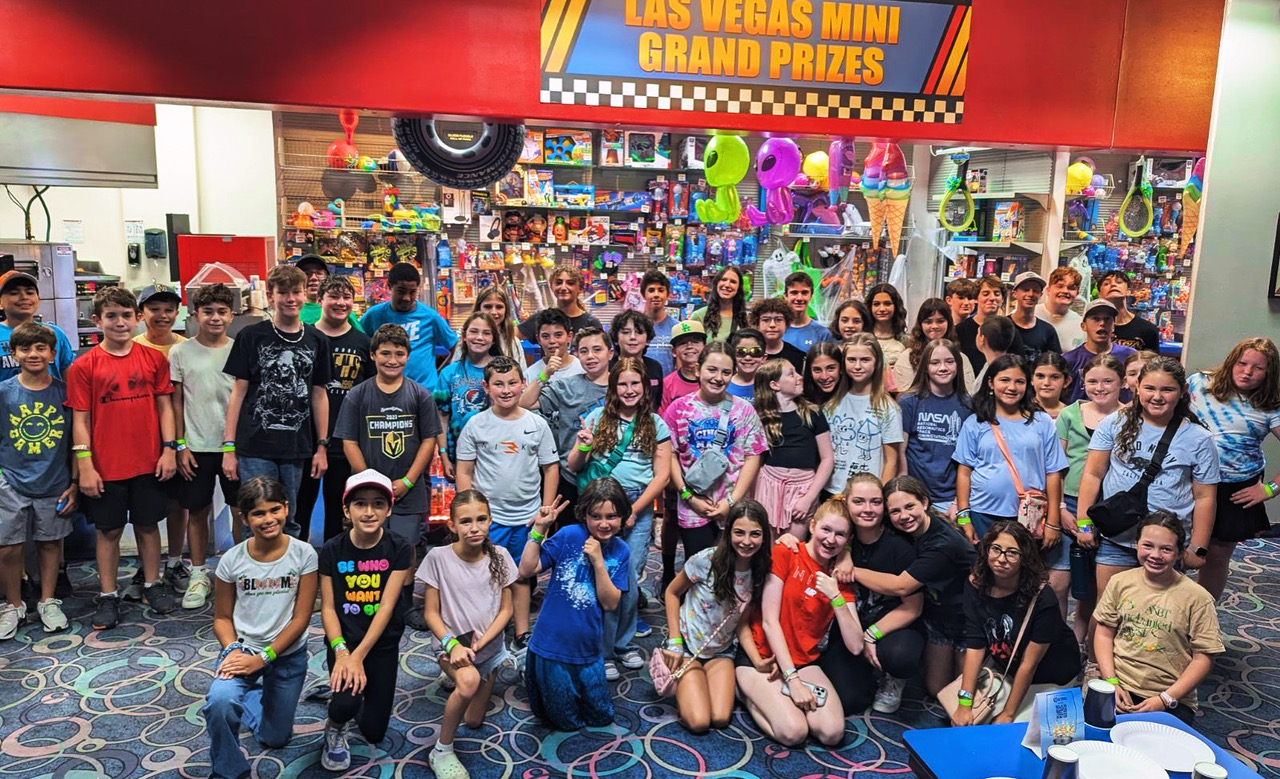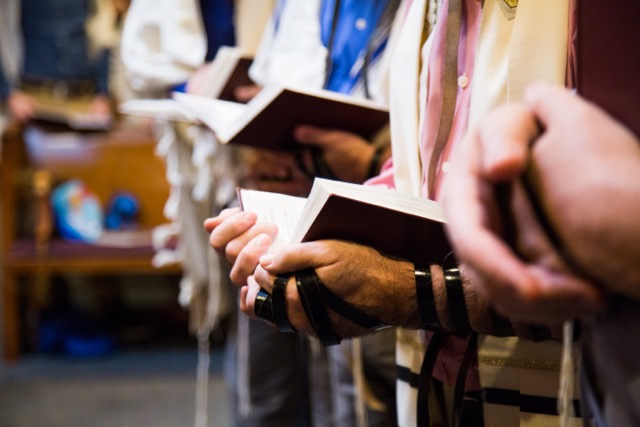
In 1988, I reached out to the Ziegler School of Rabbinic Studies to inquire about applying to rabbinical school. No questions about my gender, no obstacles – I just reached out and began to complete the application.
When I submitted the application, same thing: not questions about my gender, no obstacles – I just applied and was encouraged every step of the way by Rabbis Bradley Shavit Artson and Cheryl Peretz, the deans of the school.
I have often asked myself: How did this happen? How was I so fortunate to land in this particular moment in in the late 20th century and reap the benefits of the groundbreaking work of so many women who came before me? Women who faced obstacles, stonewalled from pursuing their dream of becoming a rabbi?
In my journey of realizing my dream, I did not take this moment for granted. I was and continue to be grateful that I could simply pursue what I wanted to do without questions about my gender identity.
In 2000, I became a part of one of the most diverse classes in the history of the Ziegler School of Rabbinic Studies in Los Angeles. We were about twenty individuals, roughly half of us identifying at that time as cisgender women and the other half as cisgender men. Not only were we a big class, by Ziegler standards, we were more diverse in our gender identities than previous classes, and more diverse in this respect than a number of classes who followed in our footsteps.
As I travelled the path to become a rabbi, I frankly didn’t think too much about my gender identity vis-à-vis my hopes and dreams in the rabbinate. And, maybe at times, I feel a bit guilty about this. How was it, that I enjoyed this luxury when so many women who came before me didn’t’?
In fact, it was only after I was well into my new position as Assistant Rabbi as at Temple Beth Am, a historic flagship synagogue in Los Angeles, CA, that I realized that I was the first woman to serve there as a pulpit rabbi. While other women had served as rabbis at Pressman Academy Day School at Temple Beth Am, I was the first to serve in a pulpit role. When I first came into this new role, I was mentored by two rabbis, Joel Rembaum and Mitch Malkus, who cultivated in me the ability to feel that the sky was the limit in terms of who I could be and what I could do as a rabbi.
Through these rich mentorship experiences, I was able to continue to seek out new pathways on my journey. In 2012, I became the first woman to serve as senior rabbi at Congregation Kol Shofar in Marin County, CA. Again, it only occurred to me later, after many months into my new role, that not only was I the first woman to serve in this role at this particular congregation, but the first woman to serve in this role in any Northern Californian congregation affiliated with our movement.
Beginning in 2018, other colleagues became the first women to lead San Francisco Bay Area congregations: Rabbi Chai Levy at Congregation Netivot Shalom in Berkeley, Rabbi Jaymee Alpert at Congregation Beth David in Saratoga, Rabbi Amanda Russell at Congregation Beth Sholom in San Francisco and Rabbi Elana Zelony at Peninsula Sinai Congregation, Foster City.
As the journey continues, I now walk the path of working as an independent rabbi along with many other colleagues who are women. Yet, I still hold these “firsts” close in my heart. They were an opportunity for me to express gratitude to those who came before me. Now, in every moment, opportunities abound for me to support my colleagues – not only in their “firsts” too, but well into the future, where we might just lose count of the “firsts” in women and their rabbinic leadership. And I think for many of us, that would ok too.







